Dubai, a city known for its towering skyscrapers and rapid expansion, has experienced an unprecedented boom over the past five years. As more people flock to the emirate, real estate transactions have hit record highs, and the state-owned airline Emirates continues to see soaring profits. However, the rapid growth is beginning to place pressure on residents, with increasing concerns over traffic congestion and rising housing costs.
Surging Housing Prices
Dubai’s ambitious urban development plan aims to increase its population to 5.8 million by 2040, a significant leap from its current estimated 3.8 million residents. The city’s transformation began in 2002 when it permitted foreign ownership of real estate, leading to a property market boom. Though the market faced downturns during the 2008 financial crisis and the COVID-19 pandemic, housing prices have rebounded strongly.
Property values are now at an all-time high, with average prices per square foot continuing to climb. In sought-after neighborhoods, rental costs surged by as much as 20% last year, with further increases expected. Some residents, unable to afford central locations, are moving to more affordable communities further from the city center.
Traffic Woes Worsen
Dubai’s economic success has led to a sharp rise in vehicle registrations, straining the city’s road network. Many workers live in neighboring emirates, resulting in daily gridlock along Sheikh Zayed Road and other highways. With four out of five commuters driving alone, congestion has worsened.
The city has seen a 10% rise in registered vehicles over the last two years, significantly higher than the global average of 4%. Authorities have even extended the length of license plates to accommodate the growing number of vehicles. Although Dubai continues to invest in infrastructure improvements, including new flyovers and expanded roads, demand is outpacing supply.
Public Concerns Over Growth
The increasing congestion and cost of living have sparked rare public discourse. Some residents have voiced concerns on social media, calling for immediate and long-term strategies to tackle these challenges. Discussions have highlighted the potential social risks of rising inequality and the widening gap between citizens and the growing expatriate population.
Demographic shifts are another concern. While official figures on the number of Emirati citizens are not publicly available, estimates suggest they make up only around 10% of the total population. In response, authorities have emphasized the importance of increasing the local population, even incorporating the topic into religious sermons.
Innovative Solutions and Future Plans
Dubai’s leadership is exploring both practical and futuristic solutions to manage the city’s growth. The government has encouraged businesses to adopt remote work policies and flexible schedules to ease traffic congestion. A recent study suggested that allowing employees up to five remote workdays per month could reduce peak-hour travel by 30%.
Additionally, Dubai is expanding its road toll system, Salik, to manage traffic flow, and the city’s Metro system is set to undergo a $5 billion expansion. Plans are also underway for 3,300 kilometers of pedestrian pathways, though extreme summer heat remains a challenge for walkability.
Perhaps the most futuristic solution is the introduction of flying taxis. Since 2017, Dubai has announced plans to launch aerial ride-sharing services, with the first “vertiport” currently under construction near Dubai International Airport. The service is expected to be operational as early as next year.
A City in Transition
Dubai’s transformation into a global hub has made it a magnet for investors, businesses, and new residents. However, as the city continues to expand at breakneck speed, the challenges of affordability, traffic, and infrastructure strain cannot be ignored. While authorities are implementing new policies and high-tech solutions, the true test will be how well Dubai can balance growth with the quality of life for its residents.


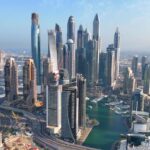


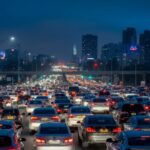


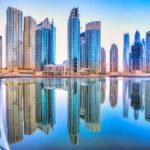
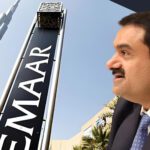
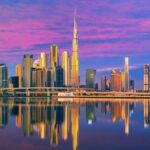
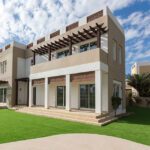

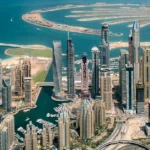
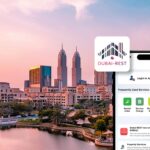
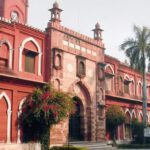
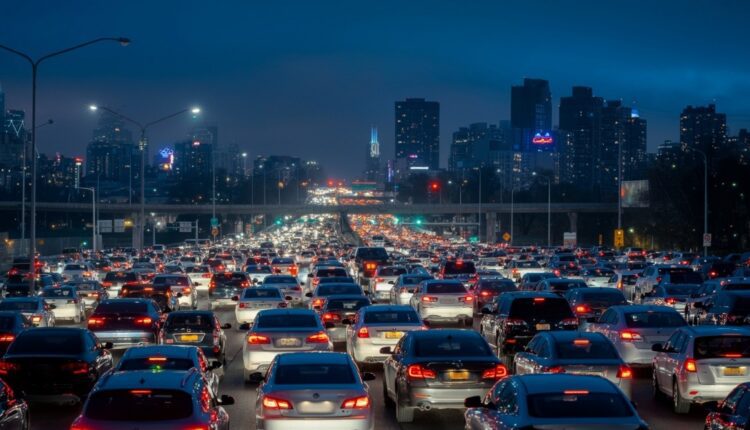


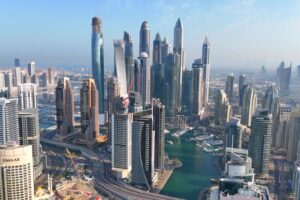







Add Comment